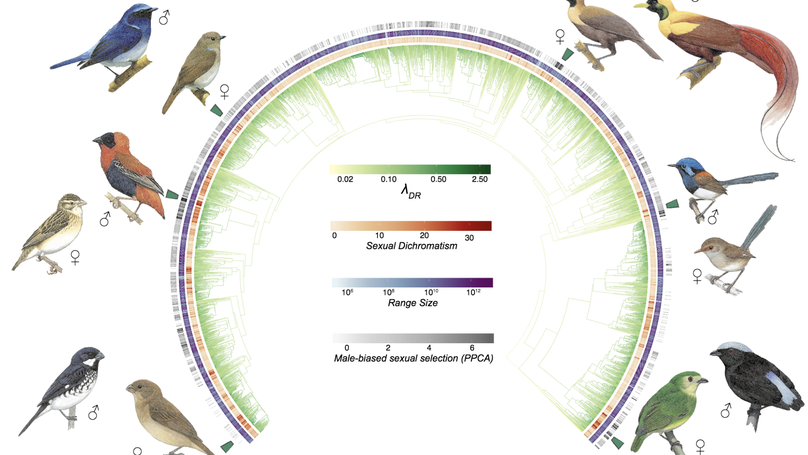Associate Professor
Edinburgh Napier University
Biography
I’m an Associate Professor in the Animal and Plant Science Research Group (School of Applied Sciences) at Edinburgh Napier University. I mostly study the evolution and genetics of sex, sociality and communication. I combine empirical work on insects such as Drosophila and social Hymenoptera (bees/ants/wasps) with theoretical models, ‘omics, meta-analysis, and text mining. I am also the Commissioning Editor for Journal of Evolutionary Biology. I’m a big fan of open and reproducible science, and so I often write detailed reports like this to help share my methods.
- Evolution, selection, and adaptation
- Sexual selection and sexual conflict
- Social insects
- Gene drives, both natural and synthetic
- Biological signals, particularly queen pheromones
- Science about science
-
Associate Professor, 2022-present
Edinburgh Napier University
-
Lecturer, 2021-2022
Edinburgh Napier University
-
Senior Lecturer, 2016-2020
University of Melbourne
-
DECRA fellow and postdoc, 2011-2016
Australian National University
-
Marie Curie Fellow and postdoc, 2008-2011
University of Copenhagen
-
BSc and PhD, 2000-2007
University of Sheffield
Research topics
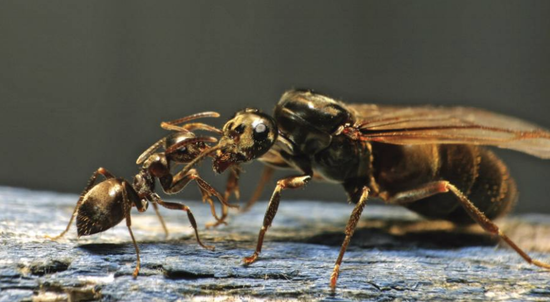
Queen pheromones
Research on the identity, mode of action, and evolution of social insect queen pheromones

Science about science
Research about science itself: research practice, bias, reproducibility, and culture. Mostly text mining.
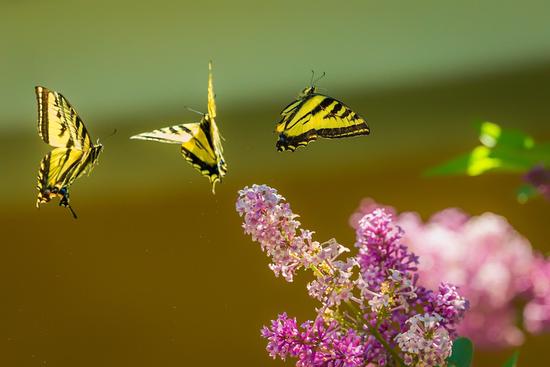
Sexual selection
Population genetic consequences of sexual selection, honest signalling, sperm biology, etc.

Gene drives
Population genetics of natural and synthetic gene drives
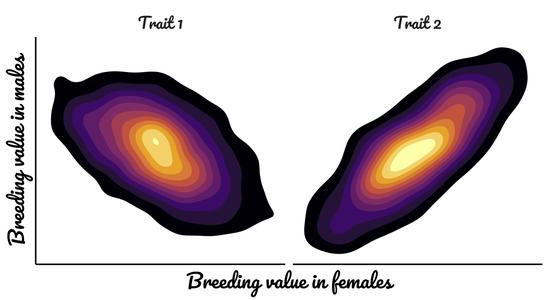
Intralocus sexual conflict
The causes, consequences, and genetic basis of the maladaptation that arises when males and females share a genome.
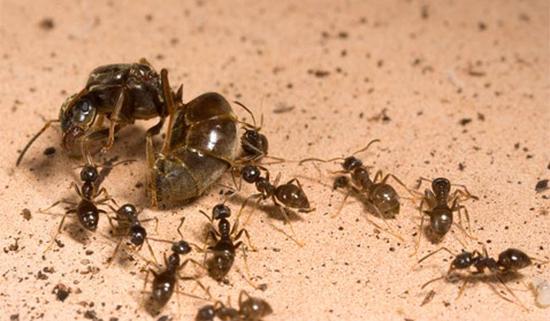
Evolution in social insects
Question-driven research on the evolution and genetics of ants and bees
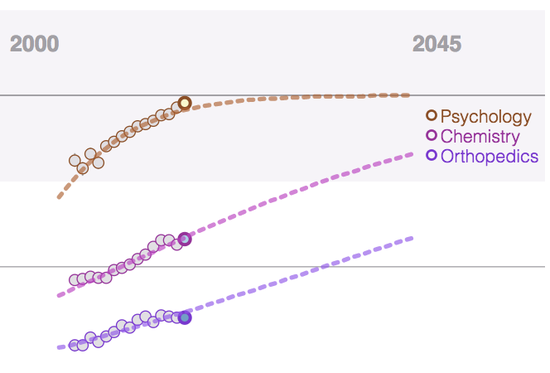
The gender gap in science
Using text mining to help redress gender inequality in the STEM workforce.
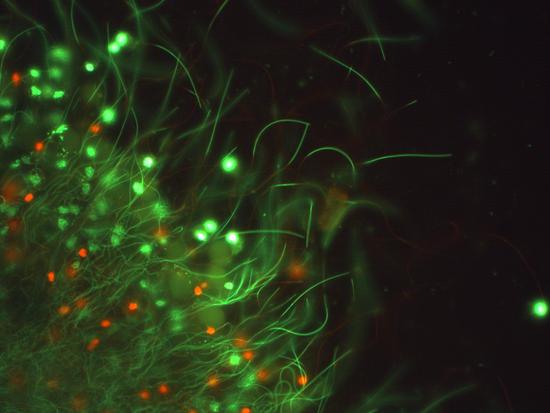
Sperm
Sperm competition, and evolution of sperm morphology
5 most recent publications
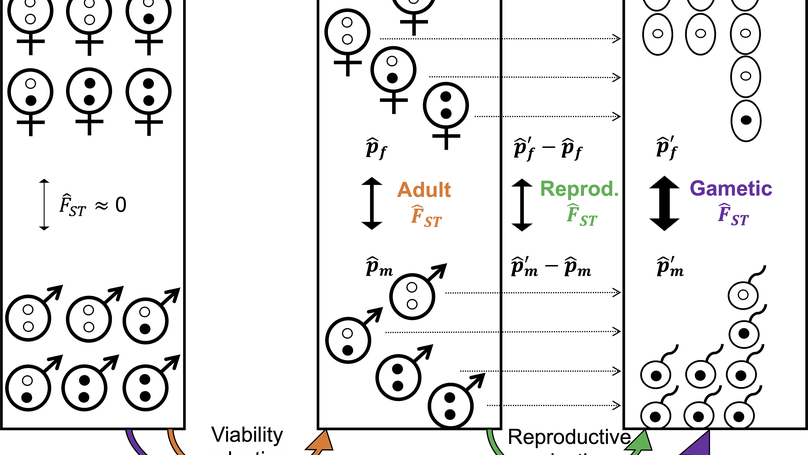
We develop new theory for studying sex-differential selection across a complete life cycle and test our models with genotypic and reproductive success data from approximately 250,000 UK Biobank individuals. We uncover polygenic signals of sex-differential selection affecting survival, reproductive success, and overall fitness.
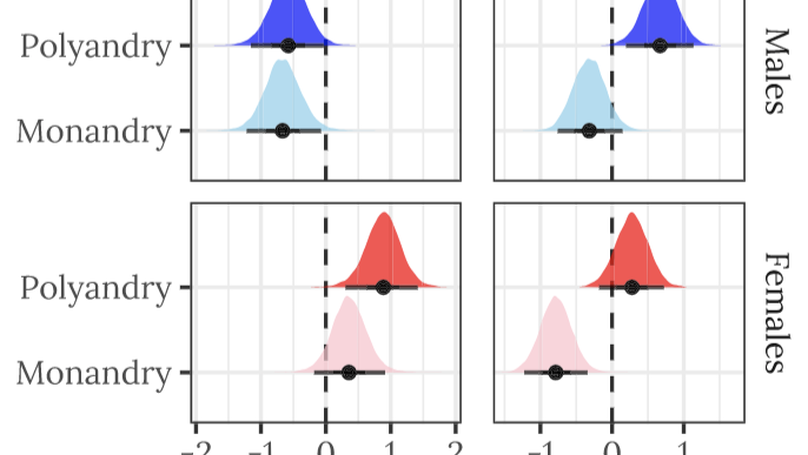
We measured the effects of prolonged evolution under enforced monogamy or polyandry on the evolution of respiration, activity levels, metabolism, and resistance in the fly Drosophila pseudoobscura. Polyandry flies were more active, and invested more in metabolites associated with increased endurance capacity and efficient energy metabolism and regulation, namely lipids and glycogen.
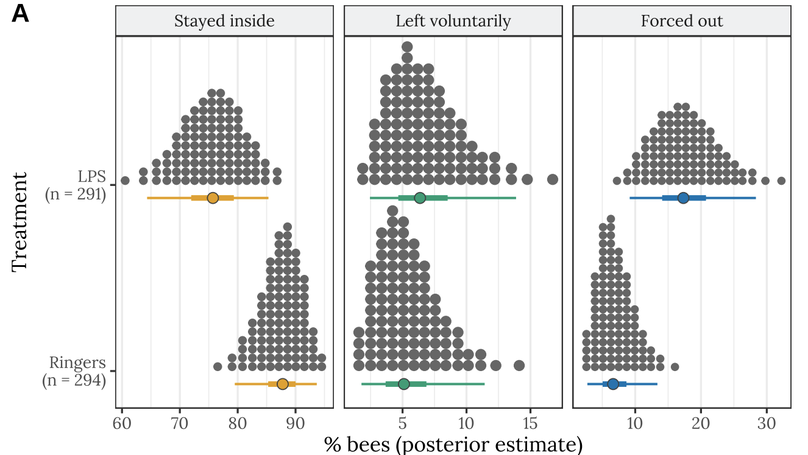
We examined the fate of experimentally immune-challenged worker honeybees that had been reintroduced to the hive. We find that they often leave the hive, both by ‘altruistically’ leaving under their own power, and by being dragged out by other workers. Using a chemical transfer experiment, we show that the latter response is mediated by chemicals present on the body surface of immune challenged workers.
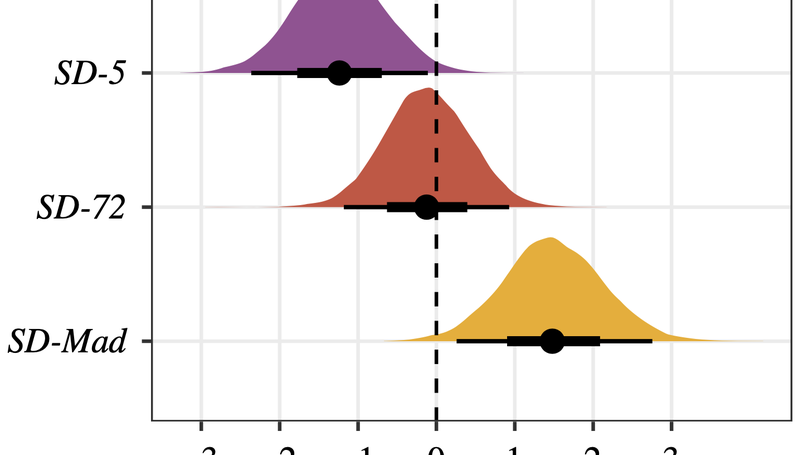
We find evidence that the mitochondrial DNA carried by Drosophila larvae affects the fitness of other cohabiting larvae – a mitochondrial ‘indirect genetic effect’. This result implies that the effects of mitochondrial DNA on the phenotype of males (specifically, male larvae) may have evolutionary consequences, in contrast to the received wisdom that mtDNA inside males is ‘invisible to selection’ due to maternal inheritance of mtDNA.
Contact
- l.holman@napier.ac.uk
- School of Applied Sciences, Edinburgh Napier University, Sighthill Campus, Sighthill Court, Edinburgh, EH11 4BN
- @lukeholman_evo
